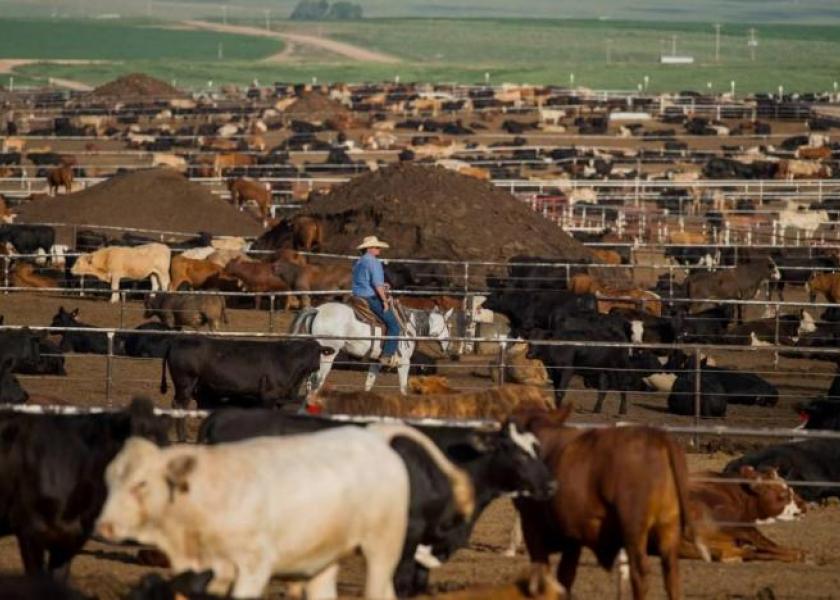Demand Surge Drives Cash, Boxes Higher

Demand for U.S. meat will likely exceed supplies for at least another week as coronavirus restrictions spurred consumers to stock up on meat and other household essentials. That lit a fire under the beef market this week and shot packer profit margins nearly $400 higher, though the meager increase in cash cattle means producers only saw $40 to $50 of the week's $350 - $450 gains in beef prices. Efforts to restock meatcases and the performance of the beef market will likely remain in focus, along with updates on the coronavirus.
The week produced an unprecedented $47.74 rally in the Choice boxed trade to $253.75. The Selects traded at $240.17, or $42.29 higher. The Choice-Select spread was $13.58.
Higher cutout values brought higher cash cattle prices, though not nearly an equivalent increase. Trade in the North was called very active, from $105 early week to $112 late, $5 lower to $2 higher. Dressed cattle in the North brought $175. Trade in the South was $105 early to $113 late, from $5 lower to $3 higher.
CME April live cattle traded $3.55 higher on Friday and closed about $3 higher on the week. Feeder cattle posted sharp gains of $3.65 to $5.225 for the week.
Dressed steers weights for the week ending March 7 were reported at 903 pounds, 28 pounds heavier than a year ago, and 24 pounds heavier than the 5-year-average.
Agricultural Marketing Service reporters noted auction receipts this week were the smallest non-holiday week since the current reporting format was instituted in 2002. Steers and heifers were called $5 to $10 lower, with some auctions $12 to $15 lower.
USDA’s March Cattle on Feed report found 11.806 million head, 100% of a year ago. Placements in February totaled 1.711 million head, 7.9% below 2019 levels.
Cattle feeders aggressively marketed cattle in February, pushing marketings up 5.5% to 1.775 million head.







